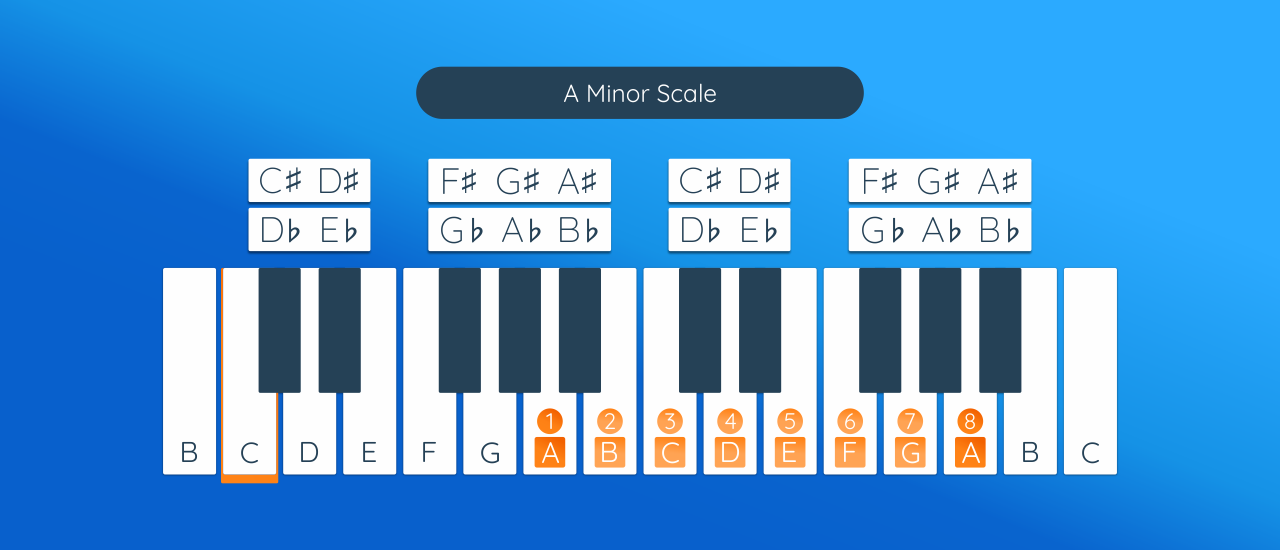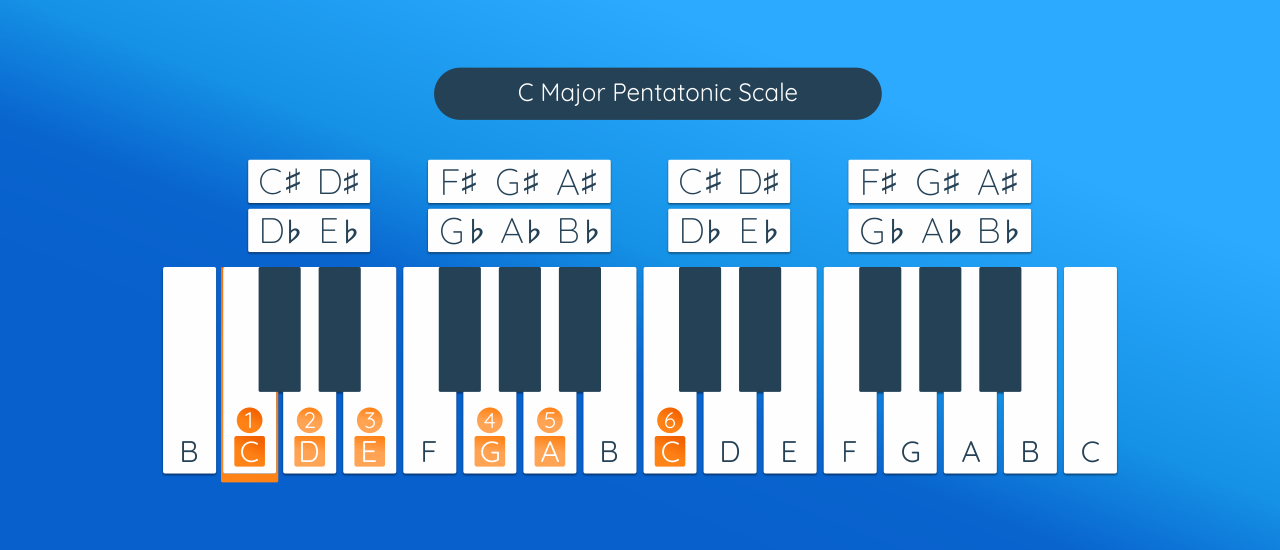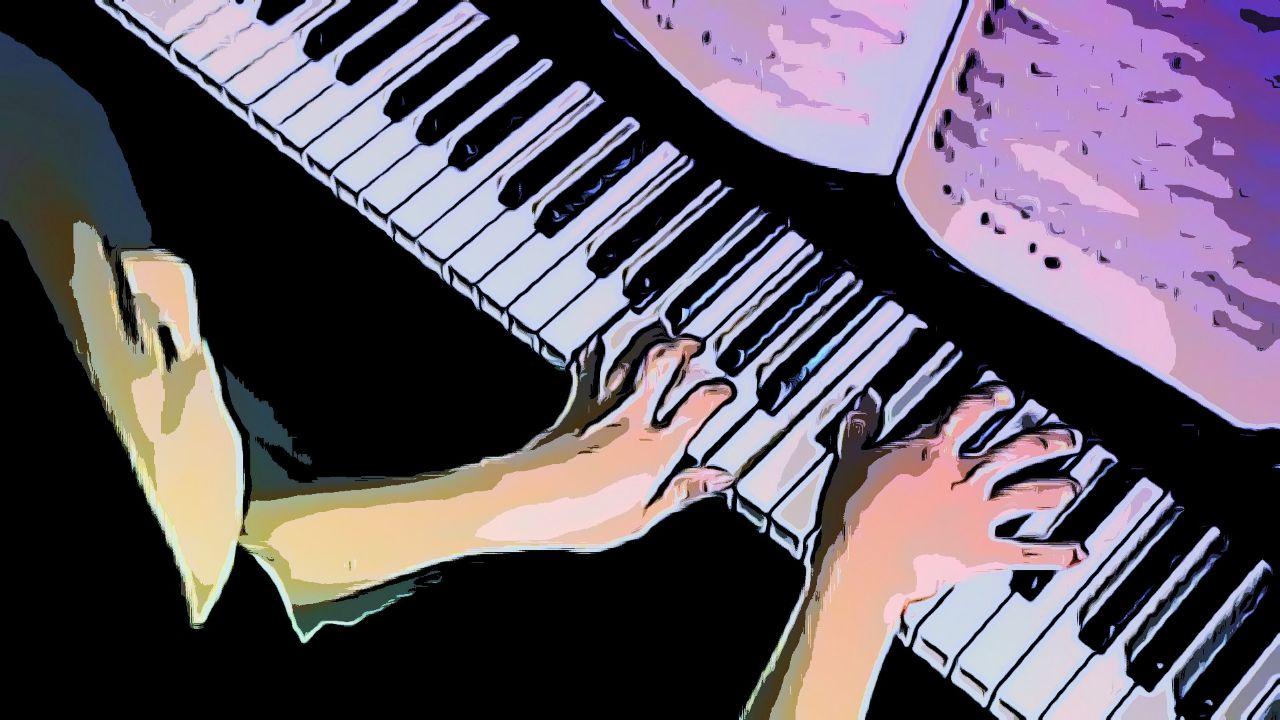Practical Guide on Writing Music - Everything You Need to Get Started

Writing songs can sometimes come as a most natural thing to do, but that doesn't happen all the time. Sometimes we find ourselves in a creational rut and the feeling that we will never be able to write anything again. Or even worse, we are coming up with new stuff, but it sounds similar/identical to something that we've done before. This is more likely to be expected, as we subconsciously draw inspiration from the music that we are listening to regularly. Of course, songwriting is just like playing an instrument. The more you practice, the better you will become.
In this guide, we will teach you writing songs based around chords progressions.
With the right kind of mindset and a full grasp of how chord progressions work - you are well on your way to composing your own musical pieces!
Let’s get it started!

Finding the direction
First of all, you need to be able to figure out the direction of things and find the most suitable approach. And even more important, you want to have a vision of the final product and what's it going to be. This can take some time, especially if you're starting from scratch.
- Get inspired.
Listen to your favorite tunes, and pay attention to how they make you feel. Try to find out what part of the song is responsible for the overall "feel" of the song. Most of the songs have been written from the initial melody. It's either an instrumental or vocal line that is used as a foundation, and the rest of the song is composed around it.
If you don't know where to get started - here's a list of 30 popular songs that are build just around 4 same chords!
- Sing in the shower. That’s right. This is an official expert advice.
Don't be shy to just sing in your free time. It doesn't have to be a specific lyrical content. Noodle around and play with your voice. You can do it at any time, whatever it is that you're doing at the moment. Even if you are just doing the dishes or taking a shower. This is the most effective way of capturing your mood and turning it into something that will later come out of speakers. Also, it would be great to always have a device that can, at least, record your voice.
- Take it out of your head.
Now that you have a certain melody or line, the next step is to take an instrument that you can play and sing along. Preferably a piano or a guitar. It doesn't matter if your melody sounds even a bit happy or uplifting. You just need a starting point.
- Find the key.
Figure out what's the most comfortable key for you to sing in. In this case, we will be talking about guitar chord progressions. So, start along the low E string. Sing all the notes from the open E, and ascend chromatically upwards. So, E-F-F# and so on. Your key is a note that you are the most comfortable singing and holding. This means that you should feel little to no pressure on your vocal cords when you hit that note.
When you find your key, just transpose your melody to that key and determine if it's a major or minor tonality, and you are already on a good way!
Leveling up
- Set the base.
Let's say that your most comfortable key to sing in is A and imagine we are writing a sad song, so we will use A-minor. We take this one because it's also the easiest and the first chord that every beginner learns to play on the guitar.

In this case, your Am chord will be the foundation of your progression. Think of this chord as your home. You want to build from this chord, and depending on the progression, you might want to resolve in this chord.
- Try adding different chords.
You can just play around with the chords from the same scale and see how they sound. Many agree that the minor third is the saddest feeling that the notes can represent. This is quite useful in our case.
Play an F chord and then get right back your minor third, which is Am in this case. Notice how that sounds?
Other minor chords in this scale are Dm and Em, your 5th and 6th intervals. If we were to take those two chords and Am, we will surely get a sad chord progression. Want to check out some examples of sad chord progressions? Take a look at our Ultimate List of 20 Sad & Emotional Chord Progressions 2023.
- Use Chord Progressions Generator
See what the universe and the chance can bring to you. Play with a chord progression generator. Sometimes randomness is the best thing that can happen, and you were not going for that in the first place!
In ChordChord you can even choose the key that you’ve decided on and only get results for the chosen scale.
- Keep it simple.
This is a very simple progression, and for now, we want to keep it as simple as that. We don't even have to use all three of the minor chords. For a nice simple verse, it's enough to even have just the two chords in the harmony. Either Am/Em, or Am/Dm in our case.
This alone is already a good surface to start composing melodies on top.
Keep in mind that most of the sad songs have strong lyrical content, and you don't want to have music that will take away the average listener's attention from words that are being sung.
- Develop the melody.
Now go on and loosely strum those chords. See if you can come up with any melody that makes sense. If you used just two chords as your harmony, almost any melody over it will sound just fine.
A good piece of music requires a clear structure. If you're new to songwriting - get a grasp of what parts of the song there are and how to play with them smartly.
Have fun singing in your falsetto until you get something that resembles what you are looking for, even slightly.
Going Advanced
This is where things start taking some shape, and you will probably spend most of your time here. You probably want your song to sound fresh, and not like a generic pop song. Unless that's what you're going for.
- Use the pentatonic scale. Yeah, it’s getting serious.
Now, if you listen closely to many popular songs, you will notice that the notes of the main melody all belong to the pentatonic scale in a lot of cases.

Of course, you don't have to always follow that. Sometimes you will come up with notes that are not part of those scales, but if they sound good to you, don't be afraid to leave them as they are! Those are the ones that will catch your listener off guard. They are used to hearing certain patterns, that are similar in a lot of today's music. Something out-of-the-box can definitely catch people's attention, as they will not be expecting it.
- Feel it.
Now that you have a melody that you can settle with, it's time to go back to step one. You want to maybe even change your progression again. Your overall feel of the song is a unison of melody and harmony, and how they complement each other.
If you are playing guitar, you will notice that even a change of strum pattern can sometimes significantly affect the delivery. These are all small nuances that add up in the end.
- Play it. Play it. Play it.
If you have repeating lines, sometimes it's nice to change a certain chord in the underlining harmony. Play around and see how it affects the overall vibe of the song. Does it make it even sadder, or it adds a completely different dimension?

Tips & Tricks
Here are some things that can greatly expand your creativity and take your songs to a whole new level!
- Dissonance.
They say that dissonance equals emotion. Play around with chord voicing.
Move your chords up and down the octaves and see how it affects the song.
Change the way that you play your triads and experiment with inversions. This is, basically, playing the same chord but with different note positions. For example, your Am chord consists of a root, fifth and minor third notes. In many chord shapes on the guitar, the root is always the lowest note, followed by fifth and then the third. Now, swap this around and see how it sounds.
Try adding another octave on any of those notes.
- Diads.
Try adding additional notes to your basic chords, such as the 7th.
Or try removing the fifth interval, leaving you with only root and the third. This transforms your triads into diads, which are even easier to work with. Since they have no fifth, they leave a lot of space for vocal melodies to be in the spotlight. Especially if you play the keynote as a low bass, and the third in an octave or two above that pitch. It creates a beautiful sound of two notes that complement each other, but are so far apart that it almost feels like a dissonance to the average listener.
- Arpeggiate.
Another great trick is to arpeggiate your chords. Slowly play them note by note, and if you can execute well enough to sing over it, pay attention to what each note brings to the chord.
Many great artists compose their vocal melodies by taking certain notes out of arpeggiated chords and singing them while the chord is being strummed behind that. Or they are singing backing vocals that consist of those notes instead.
This approach can open up a whole new creative dimension, as long as you are willing to take your time and experiment with it!
- Vibrato.
I can't stress this enough, but vibrato is the king of emotion! Period.
Mess around with either adding a vibrato on certain vocal lines or adding a sort-of pedal, drowning note taken from chords in your progression that vibrates in the background. Or just add both of those!
- Repetition.
Another trick that great artists and producers use to emphasize the weight of certain parts of the song is to repeat them two times in a row. This is mainly done with the chorus, and especially the closing one.
But that's not all! They will play it regularly one time, but the second time around, the key will change to a whole step up. So, in our case, we would go from Am to Bm.
Find a good rhythmic pattern to implement this or just a simple pause for dramatic purposes, followed by a percussion fill. Watch your listeners get goosebumps all over!
- Go out of tune.
Many skilled musicians sometimes use notes that are not even the right pitch. This is already some advanced stuff, but it is not too hard to implement! Play a barre chord and try to slowly push your fretting hand harder and harder, so that the chord goes slightly out of tune, but not too much. Notice how it creates a brief moment of tension before you bring it back in tune?
This is a perfect trick that can enhance your important vocal lines by putting a small accent, preferably at the end of the line. You want to push that chord on the last sung word and bring it back in tune in with a good rhythmic sense. For example, right after you close your mouth. It's a subtle detail that is hard to notice on its own, but it certainly makes a difference!
- Add some diminished chords!
Possibilities are endless, so don't try to limit your creativity. But don't focus too much on trying to make your songs sound unique, as it can often be counter-effective.
And remember, sometimes even the smallest trick to catch your listener off-guard is enough to make your song a hit!
No fear
If during the course of your composing journey you ever feel doubtful about the quality of your work, never fret!
Mistakes are always part of the learning process, and how you deal with them are indications of how you are growing! Nobody can master a song overnight.
If you are ever in doubt about a project or experimental composition - do it for yourself and do not aim for a masterpiece straight away.
With the energy directed with both passion and purpose into your work, your music will be the most emotional and powerful you can make it!
